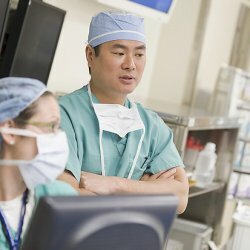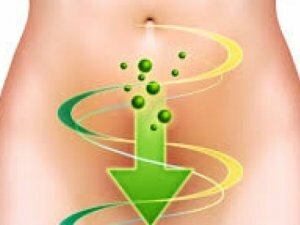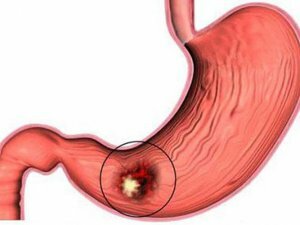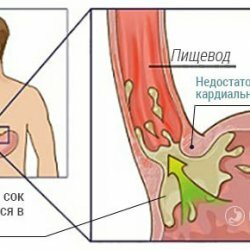How to recognize and treat cardiospasm
 Cardiospasm is a chronic disease that can start suddenly at any age, both in men and in women. The very essence of the disease is that there is a spasm of the esophagus in the place of its passage into the stomach. Its symptoms are: unstable obstruction of the esophagus due to the narrowing of the lower sphincter, followed by the expansion of the upper part of the sphincter. If you find yourself experiencing the symptoms of cardiopathy, which will be written below, do not try to heal yourself on your own, be sure to contact your doctor, he will put an accurate diagnosis and prescribe the necessary treatment.
Cardiospasm is a chronic disease that can start suddenly at any age, both in men and in women. The very essence of the disease is that there is a spasm of the esophagus in the place of its passage into the stomach. Its symptoms are: unstable obstruction of the esophagus due to the narrowing of the lower sphincter, followed by the expansion of the upper part of the sphincter. If you find yourself experiencing the symptoms of cardiopathy, which will be written below, do not try to heal yourself on your own, be sure to contact your doctor, he will put an accurate diagnosis and prescribe the necessary treatment.
In the process of studying cardiospasm it was found out that this disease appears mainly due to mental, psychological trauma and severe stresses( in seventy percent of patients).Doctors distinguish several stages of the disease. The first stage is characterized by a non-permanent functional spasm without expansion of the esophagus. At the second stage there is a stable spasm with an uneven expansion of the esophagus. The third stage is more complicated: cicatricial changes occur in the lower sphincter of the esophagus, and the esophagus widens noticeably. The fourth stage is the heaviest: the esophagus is elongated, deformed S-shaped, esophagitis is observed, stenosis of the cardial opening.
Symptoms:
- Food stops in the area of the xiphoid process of the sternum and then passes into the stomach, it can be seen either at the end of the meal, or at the beginning.
- Dysphagia( a disorder, a violation of the act of swallowing), which passes, it appears, it depends on the emotional state of the person( stresses), in addition, there can be paradoxes: liquid food passes heavier than solid.
- Sensation of chest compressions.
- The passage of food is difficult to make it easier, the person has to drink the food with water or take repeated throats.
- Undigested food quickly moves in the wrong direction, at night it can lead to the fact that it can get into the respiratory tract.
- The person has pain after eating and on an empty stomach.
- Depletion occurs due to the fact that the amount of food and water entering the stomach decreases.
Complications can be: inflammation of the esophagus mucosa( esophagitis), damage to the mucosa of the esophagus( reflux esophagitis), pneumonia, chronic bronchitis, lung abscess, pneumosclerosis. Bronchitis, pneumonia and lung abscess as a complication of this disease occur most often in children and develop due to the fact that food enters the lungs.
Diagnose this disease with X-ray, esophagoscopy( using a special device with an optical system), esophagomanometry( using a multi-channel catheter).Treatment is mainly to expand the physiological cardia pneumatic cardiovascular, compliance with diet, intake of vitamins, as well as avoiding a variety of stressful situations. In addition, drug treatment is prescribed: drugs such as long-acting nitrates, topical anesthetics( reducing sensitivity, painkillers), antacids( neutralize hydrochloric acid contained in gastric juice), drugs with sedative effect( soothing but not hypnotic), calcium blockersChannels. In very severe cases, when conventional treatment does not help, surgery is possible.



